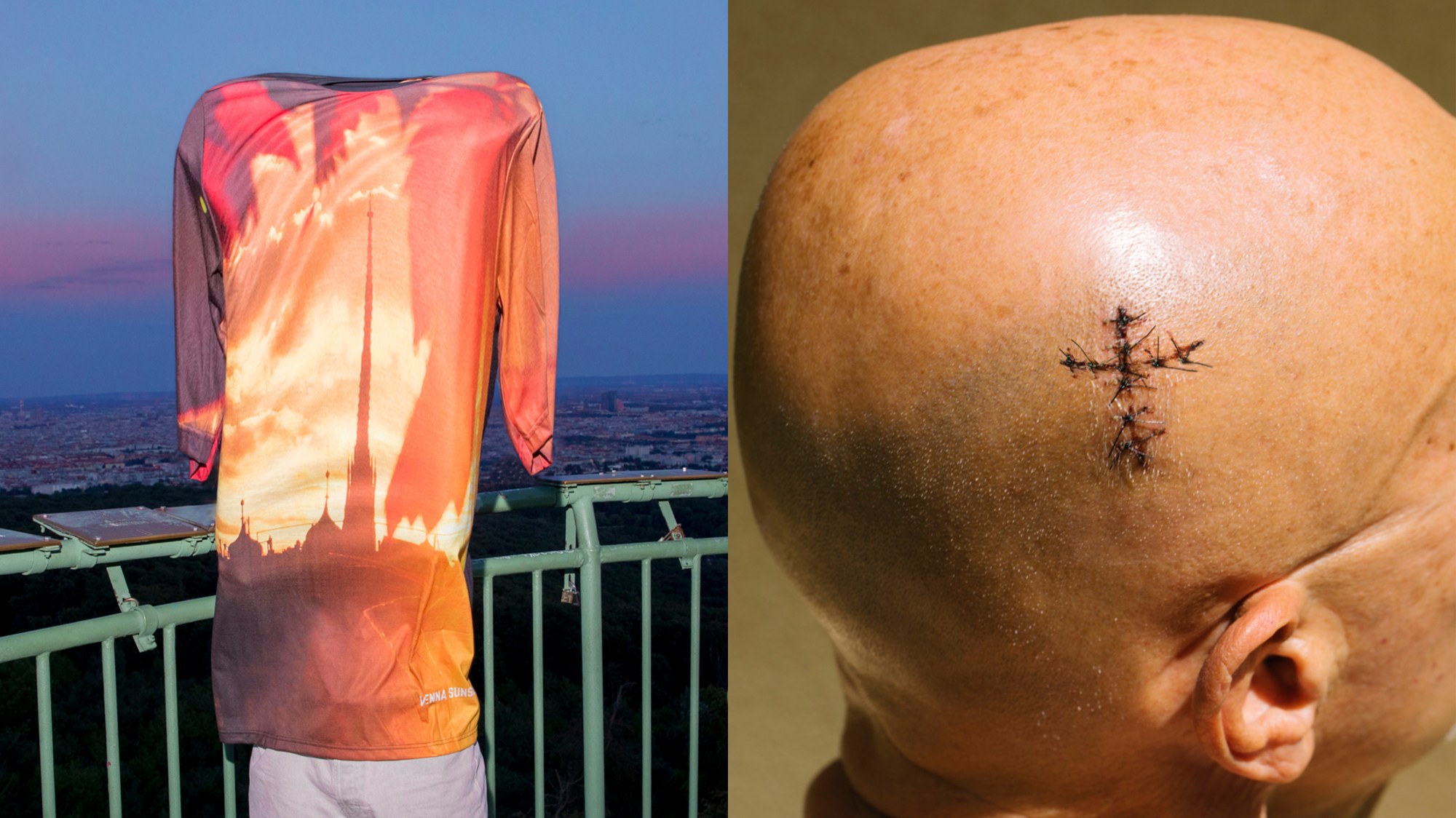Stefanie Moshammer wants her work to leave you with more questions than answers. Fascinated by social phenomena and the sticky subjectivity of human experience, the Austrian multi-media artist describes her practice as a search for “the devil in the beauty” of things. A natural curiosity has taken her around the world to document various pockets of life, from the fabled strip clubs of Las Vegas to the vibrant streets of Rio de Janeiro. Her latest project, however, isn’t a study of another far-flung location, but a portrait of the city she was born and raised in: Vienna.
Louis Vuitton commissioned the book as part of its Fashion Eye series, which invites fashion photographers to document a place through their own particular gaze. Previous editions have seen Harley Weir sensitively capture communities in Iran, Osma Harvilahti head to the glittering shores of Saint Tropez, and Coco Capitán travel across the Siberian countryside. At first, agreeing upon another project on Vegas – where Stefanie’s debut book about the stripper scene was set in 2014 – the upheaval of Covid meant plans had to change course.
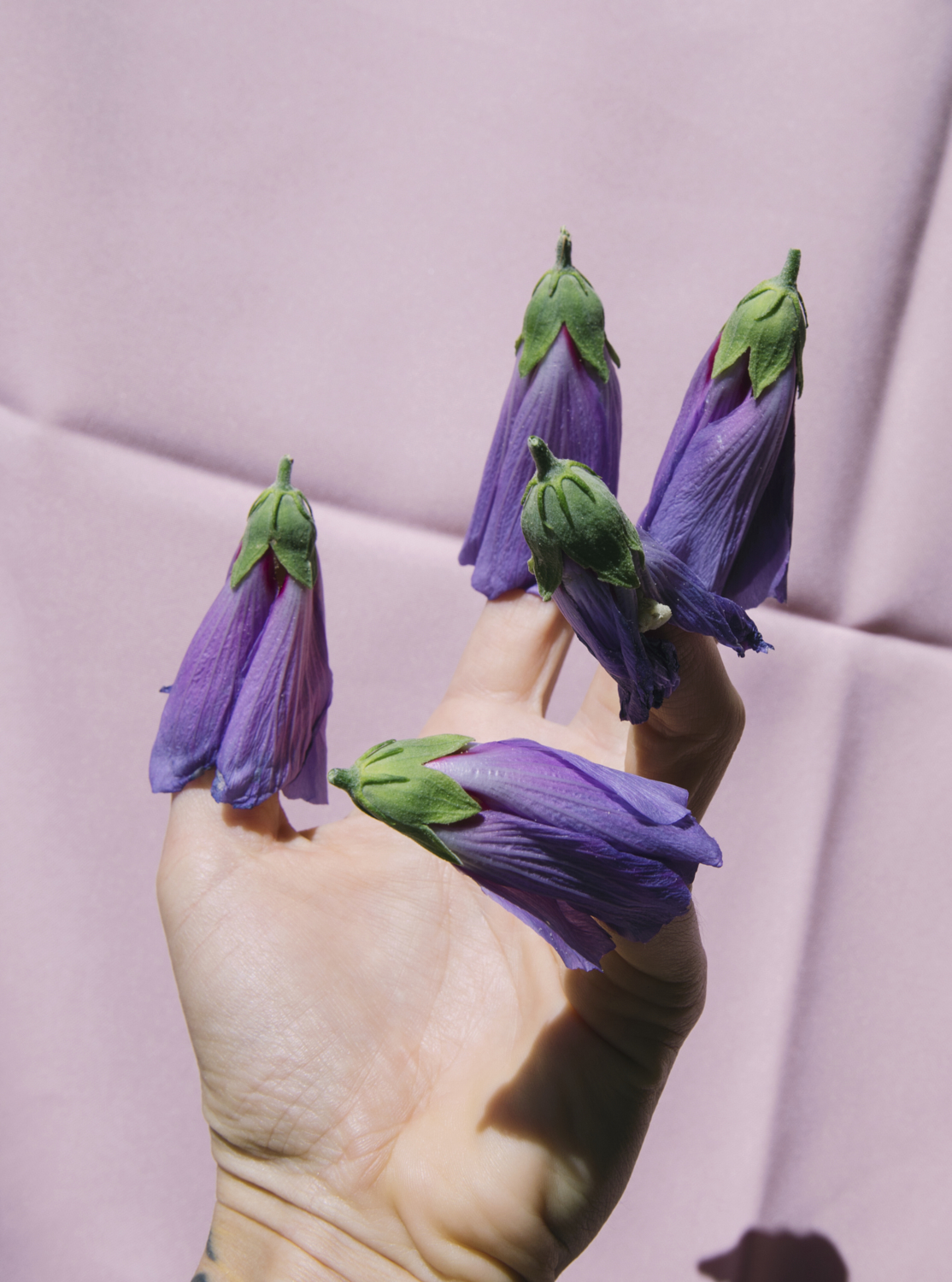
“Instead, they approached me to do something on Vienna,” Stefanie says. “I was a bit disappointed because I felt like, ‘Oh my god, Vienna?’ It’s my hometown. It didn’t really interest me to do a project on it. Now I have to say I’m pretty happy it turned out this way because the bigger connection you have to a place, the more you have to say about it – and the more fun you can make out of it.”
As easy as shooting a gorgeous series of images of the Austrian capital might have been, Stefanie’s document of Vienna takes a very different tack. She started off by researching the city from the perspective of a tourist, trawling social media, Wikipedia pages and restaurant reviews to see her hometown with new eyes. “It was so funny to see how tourists write about their experiences here,” she says. “There are definitely certain cliches that ring true. We have super rude waitresses; the whole city centre smells like horse shit because you have these carriages you can book a ride on, and in a lot of ways it is trapped in the past.”
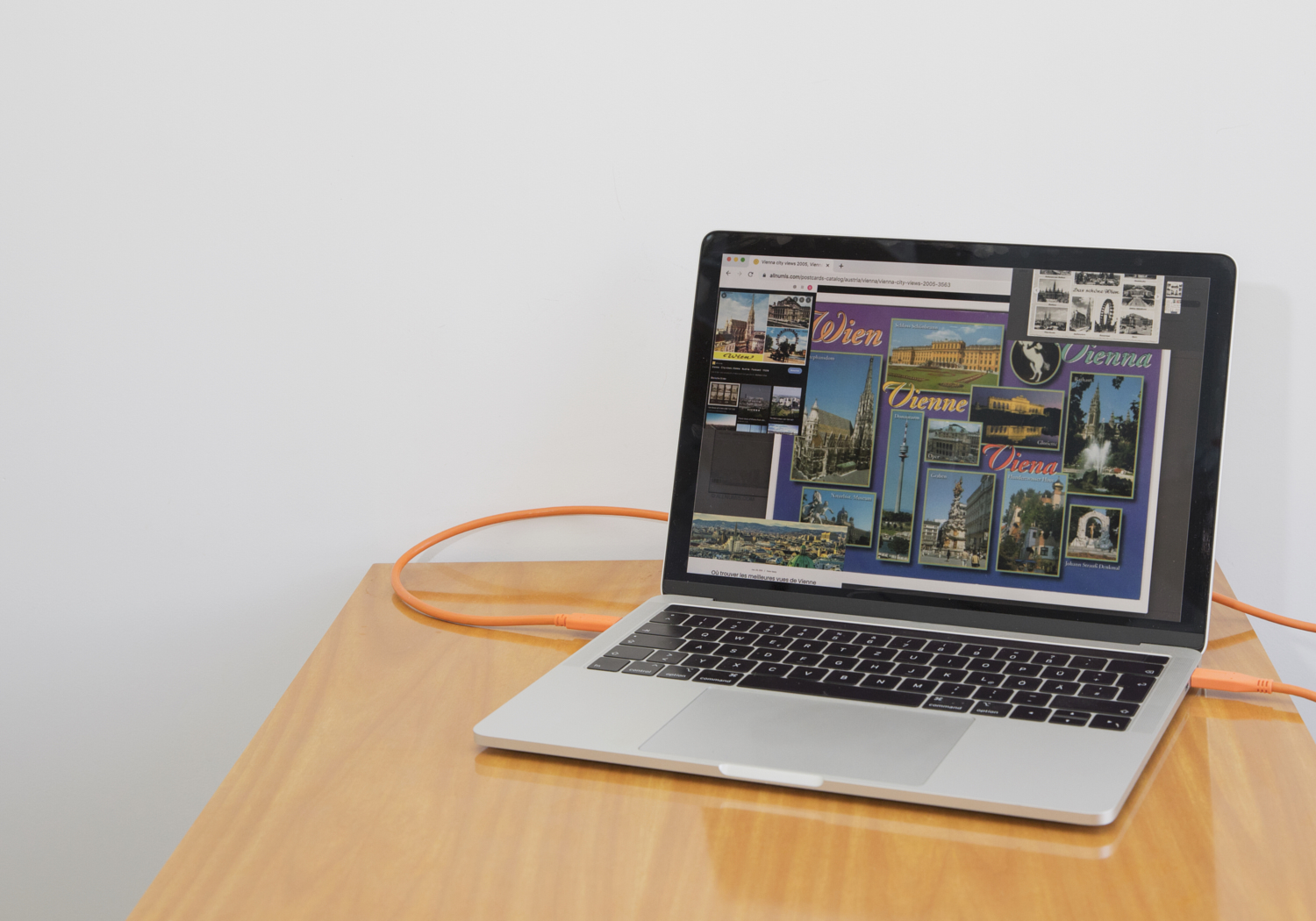
After this initial research, Stefanie decided to avoid cliches about the city – “Freud, Klimt, Mozart and all this stuff” – and play with the concept of expectations and what happens when they are met with reality. Stripping the city of its romance, the resulting book is brilliantly strange and complex – navigating Stefanie’s own mixed feelings about her hometown and outsider’s preconceived idea of it. With the artist’s dry sense of humour and eye for the unsettling felt on each page, Stefanie cleverly patchworks photography, archival imagery, distorted artworks and wry screenshots of internet searches to create a dissonant layering of perspectives.
Across the book’s crowded spreads, glimpses of the city’s landscapes and surreal portraits of Viennese locals mingle with scathing Google reviews that read things like, “Sigmund Freud wouldn’t approve of the waiter’s attitude” and “Our waiter was one of the rudest people I have met in my LIFE!” But beyond needling at the tourism industry’s commercialisation of the city, it’s the places where Stefanie’s personality pokes through that give the book its depth. “The book has a lot of layers and fragments because Vienna is like that to me,“ she says. “It’s not one thing.”

While Stefanie’s perspective is perhaps felt most strongly in the book’s sequencing – where images are grouped in thematic clusters that range from beautiful to grotesque – the artist’s thoughts on the city are only made plain once, in a typed diary entry, which sits next to a screengrab of Egon Schiele’s 1915 painting, “Death and a Girl”. In it, she writes about walking past Europe’s biggest cemetery on her route to and from school: “To get home, I had to walk by more than 3 million dead people every day… Dying is a vivid business in a city where there are more dead people than alive inhabitants. And there is something very morbid about Vienna that feels beautiful to me.”
Stefanie’s friends and family members also make an appearance, though you wouldn’t know it at first glance. In one spread, a shot of a man with a cross-shaped wound on his head – paired with an image of a girl wearing a silver crucifix and a still life of an apple with its skin peeled into feathered layers – is actually a portrait of her dad. “That spread plays with this comment that I got on Instagram where someone said, ‘Austrians are just crazy people trapped in a Catholic husk. I found it quite funny, and there’s a bit of truth to it, too. Of course, we’re not all like that, but it’s a reference to a cross, like we have it in our skin.”
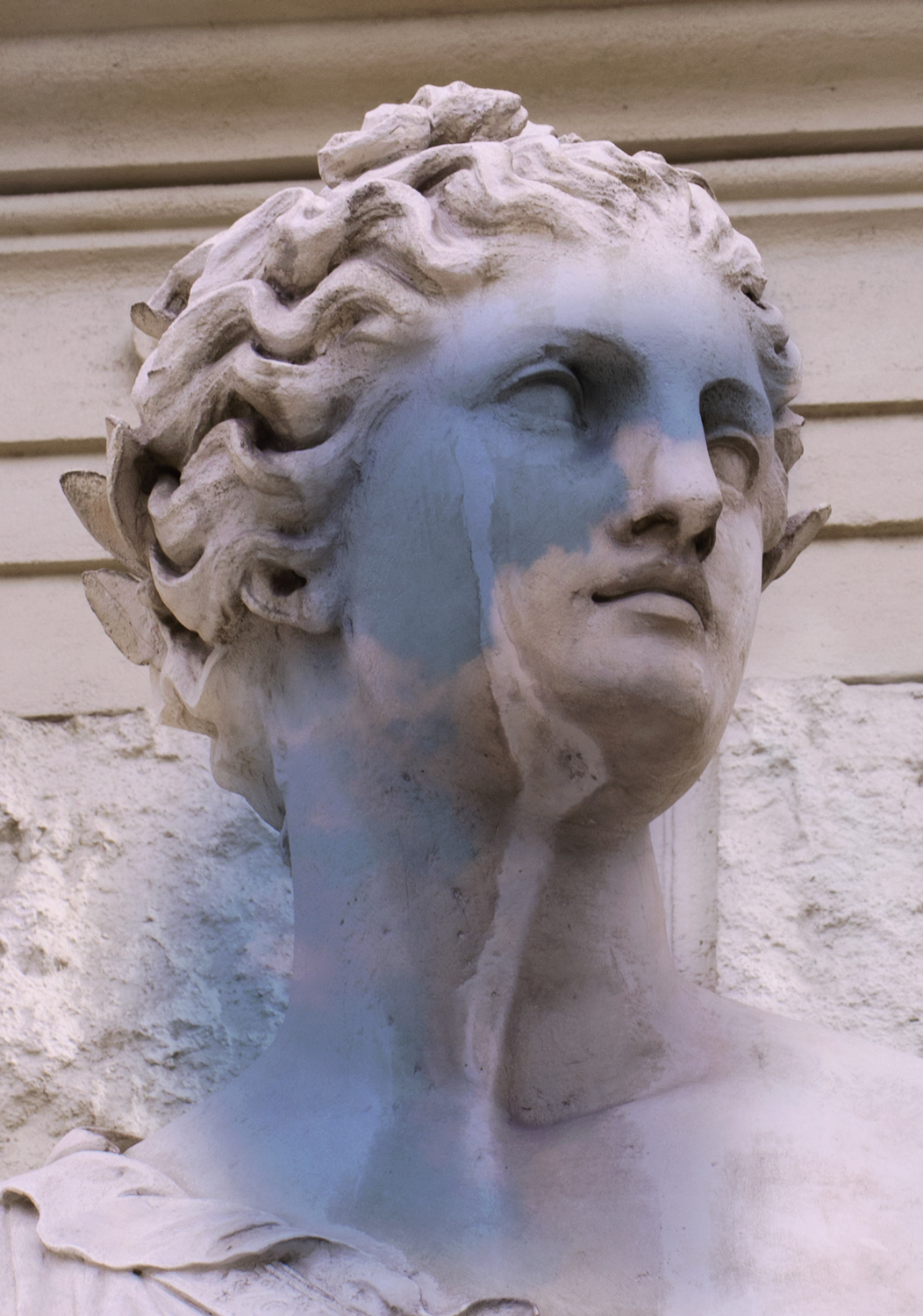
For Stefanie, the past two years have marked a shift into experimental new forms of media and more personal, interior themes. A sensitive meditation on the subject of alcoholism in women, her last book Each Poison, A Pillow, was the product of her youth growing up with an alcoholic mother, which touchingly was made in collaboration with her. This project on Vienna feels personal in a more abstract way, where really it’s Stefanie’s curious mind, rather than simply her view of Vienna, that we are immersed in. “I think there’s always a love-hate relationship with the city you grow up in,” she says. “Growing up in Vienna, my life has had different chapters. You can feel that there’s a sense of me and my inner feelings coming through, but I think it’s very subtle.”
“The title of the book is A Fountain Playing in The Sun,” the artist says at the end of our call. “It’s a quote from Sigmund Freud and he’s talking about this idea that your conscious mind is always flowing like water in a fountain, coming back in a circular rhythm. Often, how you see a place is based on your own consciousness, your own memories. [I hope the book] invites the viewer to explore Vienna in a new way beyond the stereotypes, and also maybe laugh about it a bit, and also maybe wonder. I’m not giving clear answers on Vienna.”
‘Louis Vuitton Fashion Eye: Vienna‘ by Stefanie Moshammer is available now.
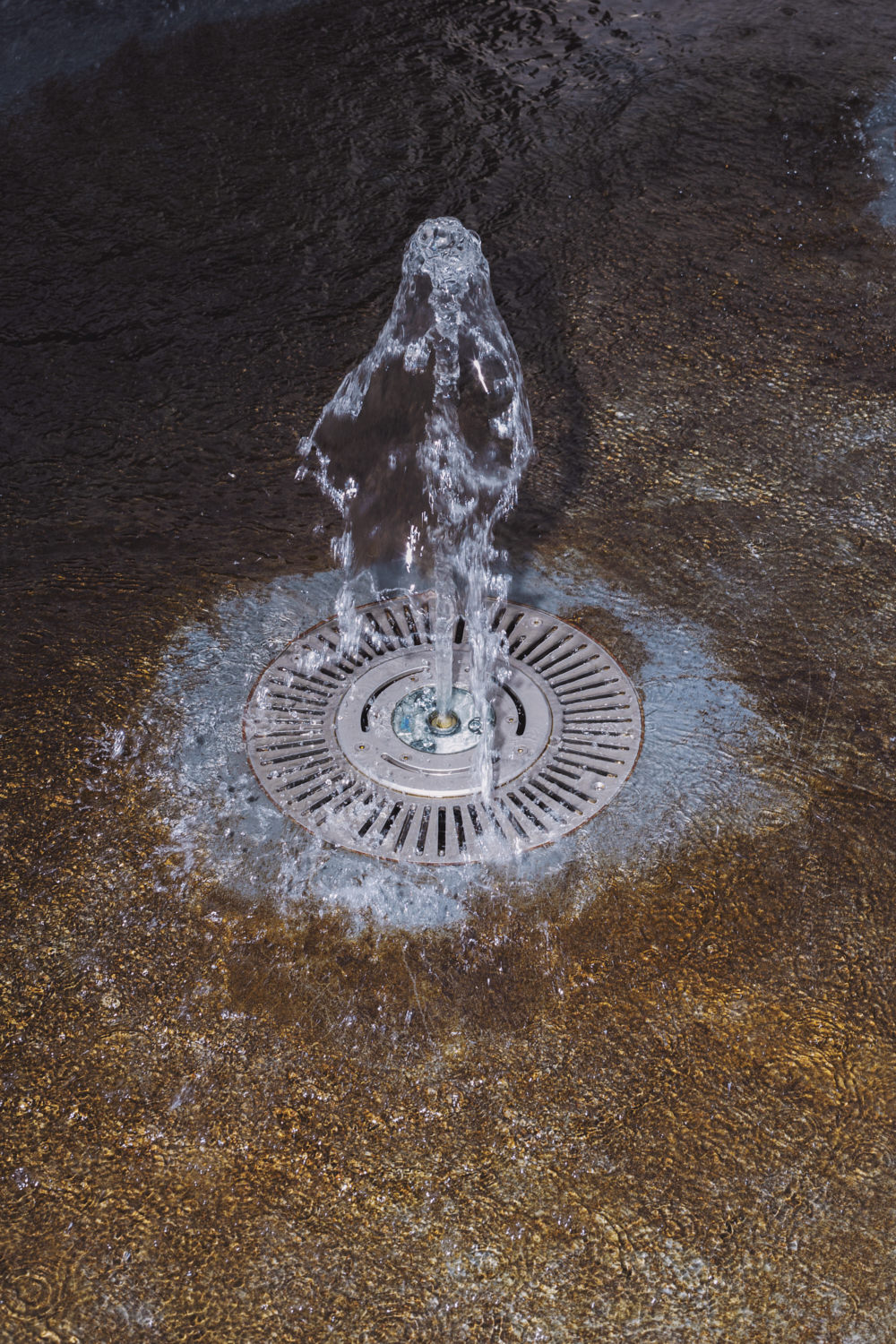
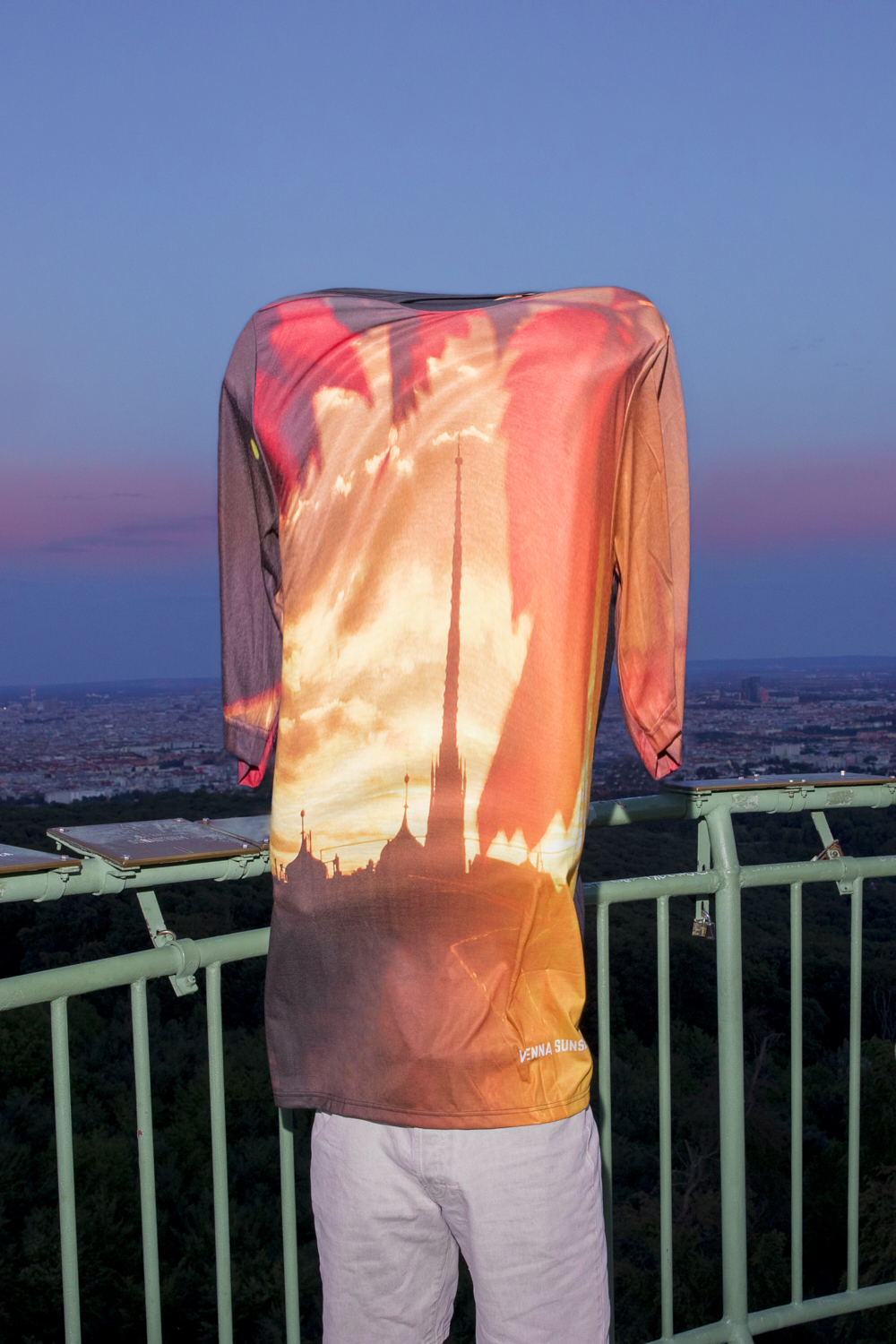
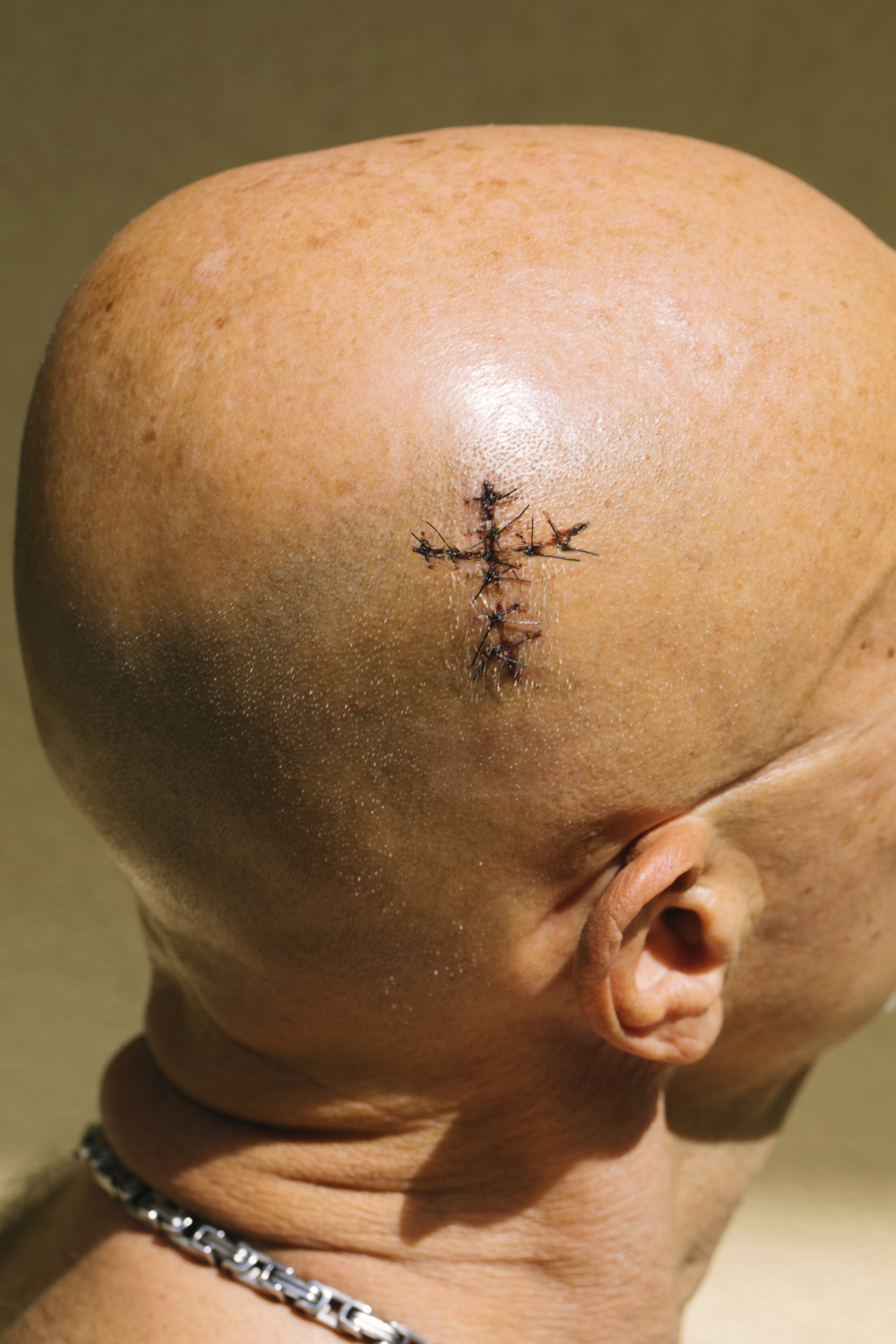
Credits
All images courtesy Stefanie Moshammer and Louis Vuitton
